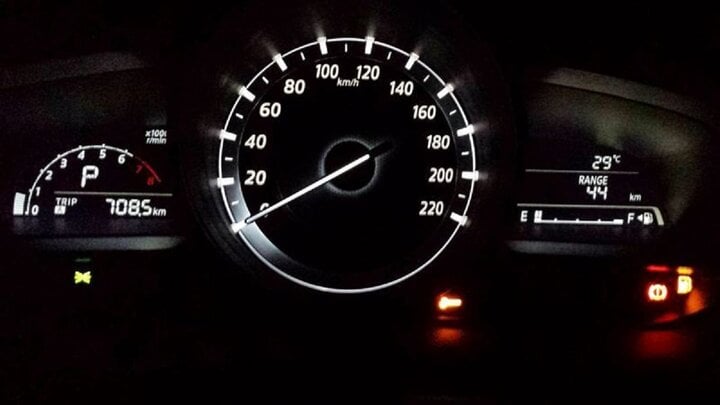Driving when the fuel tank is almost empty may be harmful to the engine and various parts of the car. For the engine, especially diesel engines, regularly allowing the fuel to run extremely low can potentially cause damage. This is because every vehicle has many mechanical components designed to operate optimally with sufficient fuel, ensuring longevity and protection against external factors.
Experienced engineers emphasize that the fuel pump, responsible for delivering fuel from the tank to the engine, is a crucial part of the system. Attempting to operate the vehicle with an almost-empty tank can result in multiple damages, particularly to the filter and motor.
Specifically, when driving with very low fuel levels, air will replace the liquid in the fuel pump, disrupting its cooling mechanism. As a result, the copper coil in the fuel pump may not effectively cool down, leading to overheating and damage to the electric motor.
Furthermore, driving with a near-empty tank may draw sediment and debris from the bottom of the tank into the fuel pump, which supplies fuel to the engine. Frequent occurrences of this situation can increase sediment accumulation in the fuel, decreasing its performance or causing engine erosion.
The sediment collected in the fuel tank may attach to the filter, causing clogging and preventing fuel from reaching the engine’s combustion chamber, ultimately resulting in the inability to start the vehicle. Additionally, fuel flow may be obstructed by sediment, affecting the cooling of the electric fuel pump motor.

Conversely, when the car operates with a full fuel tank, the electric motor is cooled by the gasoline itself. The process involves the fuel moving through a circular fuel pump, which cools the copper coils.
These reasons illustrate the danger of driving with a nearly empty tank, directly affecting the engine and various other components. To avoid additional repair costs, such as replacing fuel filters or fuel pumps prematurely, drivers should monitor the fuel gauge and refuel when it reaches the minimum level. Fuel in the tank should ideally be maintained at approximately half capacity. It is strongly advised not to push the vehicle when the fuel gauge indicates low levels. Instead, drivers should promptly locate a gas station for refueling.
For long-distance travel, drivers should schedule breaks after every 70-100 kilometers (approximately 43-62 miles). Taking a break for about 15-20 minutes can allow the vehicle’s components, including the fuel pump, to rest before continuing the journey.
Additionally, if the vehicle displays signs of slow acceleration or suddenly stalls, it’s advisable to have the fuel filter checked at a garage.












